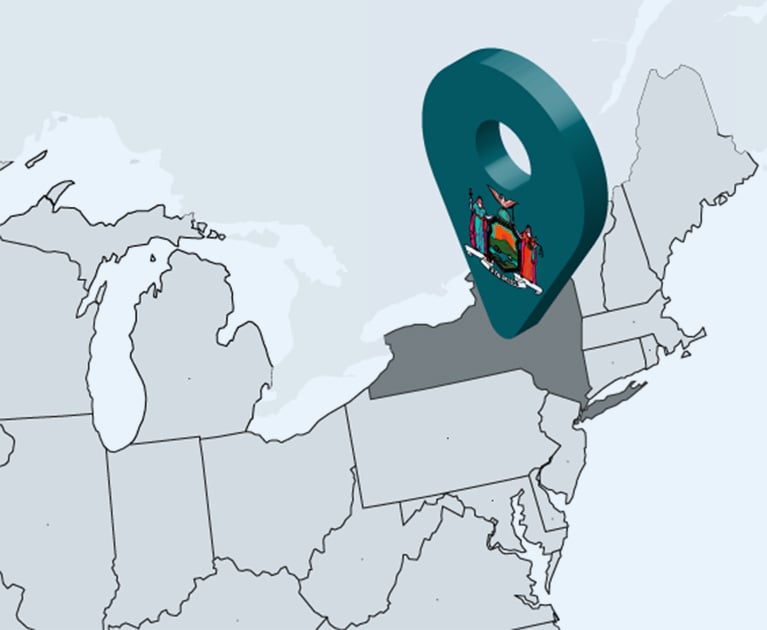As we move into the summer months of 2021, it is growing increasingly difficult to open a legal publication without reading about Special Purpose Acquisition Companies or SPACs. Many articles discuss the ever-growing number of SPACs, the increased regulatory scrutiny and anticipated regulations or the growing number of SPAC-related lawsuits. For this column, we teamed up with our insurance broker colleagues at Alliant Insurance Services to co-author a discussion of insurance issues associated with the SPAC-related lawsuits. These issues can be complex because SPAC-related lawsuits may implicate three separate directors’ and officers’ (D&O) insurance programs—(1) the insurance policies issued to the SPAC; (2) the insurance policies issued to the existing operating company; and (3) the go-forward policies issued to the post-transaction public entity.
SPAC Background
A SPAC, often referred to as a “Blank Check Company,” raises cash in an initial public offering (IPO) and places the proceeds from the IPO into a trust account. SPACs are formed by sophisticated financial practitioners, alternatively referred to as sponsors or founders. The sponsor manages the IPO process, including the selection of management, lead underwriters to conduct the IPO, auditors for the SPAC and counsel to prepare and file the Form S-1 registration statement with the SEC. The funds raised are then used solely to acquire an existing company in a business combination transaction (“de-SPAC transaction”) with a public company emerging as the go-forward entity. The SPAC is typically required to complete this business combination within 18 to 24 months following the SPAC IPO date.


 Howard B. Epstein and Theodore A. Keyes
Howard B. Epstein and Theodore A. Keyes




